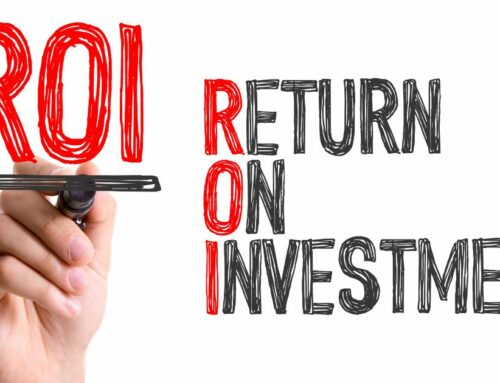So you have googled different research methodologies available and have decided that online research is your chosen golden nugget. In particular, you are interested in using an online sample because you wish to ask the same or similar individuals questions about your business and products.
Online sampling can be a crazy world and very difficult to start if you don’t have a set process to follow. This is why I have put together my top 5 things you should look out for when creating or using an online sample!
My top 5 tips are for those who want to build a unique online market research sample, because like I said, it can be a tricky task to even start. I’m hoping these 5 takeaways will help you to breakdown the process so its much more manageable.
- What Do You Want to Understand?
The first question you must ask yourself is – What would you like to understand from your research? You need to first define your research objectives. Your objectives will affect what research sample you wish to create and promote. Especially if you’re focusing questions to a set persona or type of individual.
For example, if you are looking to change some your core products, or add to your existing product range. You will need to understand which groups this will affect and how you want them to be represented in your research. Customers, potential customers, mar-comm audiences and stakeholders all need to be represented in a way which reflects their opinion.
On the other hand, let’s say you have a targeted marketing campaign that is on Facebook and other social media platforms, then you would actually what to understand the opinions and thoughts from that specific target audience who you have targeted.

- Leverage Existing Networks
Recruiting participants for research can actually become very expensive especially when taking into account the size of your sample. Yet, the best place to start for any size or scale of research is your own networks. Whether that is using LinkedIn, social media and even your own email lists, customer databases and any other existing connections you have built. People on these lists will be those most valuable to you which means they will also have an opinion.
Current customer opinions is crucial and actually more relevant in some ways than a panel because they are familiar with your brand.
They will be motivated by a desire to improve the brand and experience, rather than the financial incentive.

- Get Yourself on Social!
There has been a lot of buzz recently about social market research with the likes of Brandwatch and SproutSocial dominating the space. Social media listening tools have driven this discussion and market researchers have been quick to adopt such processes. Whilst it would be difficult to use social media from a sample perspective, it is still important to think about social in its broadest sense.
Social media can complement market research through the entire process, from introducing community-based elements during the project, to driving participant recruitment. A subset of snowball sampling methodologies, social media recruitment leverages the personal connections of individuals to reach a wider potential audience. By combining this with your organization’s own networks, it is possible to build a large (and representative) sample in a short space of time.
Then you can think about social media influencers in your area of work to help generate interest and spark a conversation about your new sample. With the use of social media, you can grow your sample size as well as understand what your target audience are actually talking about online. Which will help when creating topics, tasks and surveys for your participants to answer during your sample journey.

Screen Participants
When you promote a sample on social media the danger is sample quality. There are many dangers to look out for, including speeders, professional research participants, no-shows and more. The best way to eliminate these is through an invitation questionnaire to understand who the individual is and whether they are a best fit for the sample you need.
This will then serve two things. The first is to ensure that your sample fits the profile you are looking for, as there is no point in sending questions to a group of individuals who may not even know what you are on about. The second is to drop participants that would reduce your data quality. Speeders are participants that complete research tasks as quickly as possible and do the bare minimum. Their responses are not always reflective of their own thoughts, often writing the first thing that comes to mind.
The easiest way to catch a speeder out is by asking them a particular question which you ask them to select a particular answer. Speeders will unlikely even read the question before making a choice.

- Manage Your Lists and Participants
At the end of the day, your list are your participants and potential customers. So treat them how you would like to be treated. Over time, some participants will drop out, it is only natural. As more and more drop out this can have an overall negative impact on your research results and sampling quality. To ensure your research doesn’t suffer, you should regularly monitor active and inactive participants and also those on the verge of leaving. The latter could be sent some new information or you could seek to understand how you could help them from not leaving.
So by following these quick 5 steps you will be on your way to creating a high-quality panel of research participants. Obviously there are pro’s and con’s to using samples, however, by controlling the different processes that are there to see, it is possible to create a high-quality sample that will help your business in the short and long term.
About Jake
![]() Jake Pryszlak, commonly known as the Research Geek, is a 3-time award-winning market researcher, blogger and speaker. He’s a current Forbes columnist who is active across a plethora of social media channels. His aim is to share his market research knowledge with others in the industry. You can find his blog and social media channels here.
Jake Pryszlak, commonly known as the Research Geek, is a 3-time award-winning market researcher, blogger and speaker. He’s a current Forbes columnist who is active across a plethora of social media channels. His aim is to share his market research knowledge with others in the industry. You can find his blog and social media channels here.





